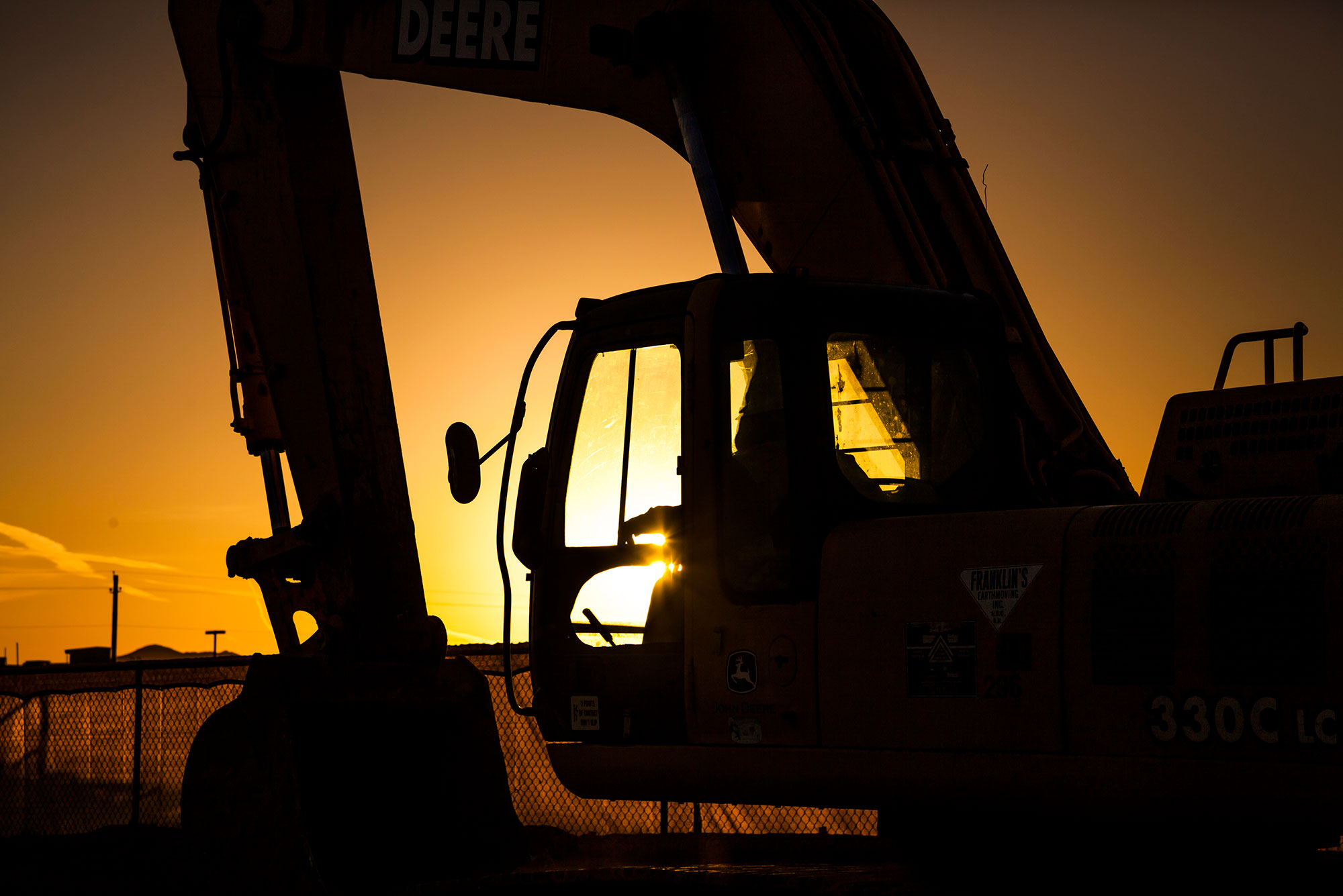Through times of crisis, the old proverb eventually proves true: “this too shall pass.” Human instinct can lead us to wait out the bad times, then continue business as usual afterward. The COVID-19 outbreak and resulting public health emergency will put this preference to the test. Some firms will opt to wait out the crisis, then hope it doesn’t occur again.
For A/E/C firms, now is the time to respond to the evolving health, policy, and economic environment surrounding the COVID-19 outbreak. It’s also the time to fortify your projects and your firm over the long term. Project leaders should promote enduring strategies that bolster safety, foster open communication, and minimize the potential for miscommunication. While short term actions are required to mitigate COVID-19 impacts, firms should begin preparing for future threats today.
At minimum, organizations should assess four essential capacities for emergency readiness and response in project delivery:
Safety Controls
There is a growing body of precautions regarding construction during the COVID-19 outbreak, including this useful guide from AGC. Standards for worker behavior, jobsite sanitation, handling of PPE, and signage are critical first responses, to be discussed and implemented by project teams. While contractors should run point on jobsite safety measures, all participants play a role in generating site-specific policies and procedures.
Long term, emergency readiness should be integrated as a built-in component of safety programming and auditing. These measures should provision for weaknesses highlighted by COVID-19, including the availability of Personal Protective Equipment (PPE) and the capacity of nearby emergency medical facilities.
Emergencies or public directives may require shutting down the project site. Implementing a holistic shutdown checklist can ensure the physical project is protected from damage, theft, or liability. Every project team should have quick access to shutdown standards, should an order be issued.
Communication
The conduit for policy implementation is a clear communication framework among organizations and project workforces. At the project level, an effective chain of command should be used for disseminating policy from the working leadership group (OAC team) down through the rest of the workforce. Construction Managers should outline this organization and establish clear lines of communication, as well as accessible project directories, before mobilization.
COVID-19 has also uncovered the potential for divergent responses across levels of government. Federal, state, and local officials respond to emergencies in different ways, with people and projects caught in the middle. Information dispersed from media outlets can add to this confusion. During emergencies, public and private stakeholders should make the interpretation of government directives part of their job. Among project teams, open discussion of impending restrictions and their impacts helps avoid confusion and better anticipate delays. At the firm level, the creation of a task force, dedicated to the unique threat, can streamline decision-making and generate solutions using resources across departments.
Technology
Social distancing policies in response to COVID-19 highlight the role of technology in emergency response communication. Firms that use technology to their advantage will be better positioned to communicate changes and sustain operations. When in-person meetings are no longer viable, effective phone and video conferencing, e-mail lists, and even chat serve as options to maintain critical communication channels.
Cybersecurity threats, a growing area of challenge for construction firms, are exacerbated by external emergencies, events that often result in increased isolation, fear, and confusion. Fraud schemes related to the novel coronavirus have included fake CDC e-mails, phishing e-mails seeking payment information, and fake emergency equipment vendors. While construction sites have been historical targets for theft and vandalism, this emerging security threat should be taken just as seriously. Technical solutions like firewalls and multi-factor authentication (MFA) should be combined with increased dialogue and awareness around cyber threats. Project participants working with federal clients and potentially sensitive information should be hypervigilant about protecting project information.
Supply Chain Management
Most construction projects rely on a unique combination of manufacturing and delivery systems. In an increasingly globalized environment, the scale of this chain is often beyond the consideration of project teams. However, with environmental and health emergencies becoming increasingly common, organizations should take greater care in analyzing supply networks. Mapping out the chain of the top 5-10 project inputs (in terms of cost) can be a productive exercise in determining schedule and financial risk. Maximizing the local sourcing of materials can be another way to reduce exposure to global threats.
For projects using contractor-integrated design, procurement strategy should look beyond cost savings. Evolving logistics gaps and delivery times should be an increasingly frequent discussion during design and preconstruction. The integration of trade contractors and suppliers with direct knowledge of material sourcing is a highly effective means of anticipating disruptions.
Just like the Great Recession, the lessons of COVID-19 should be imprinted on every A/E/C firm and project team. While this crisis will eventually pass, the next great disruption is not far behind. How firms and project teams prepare for it will make all the difference.

